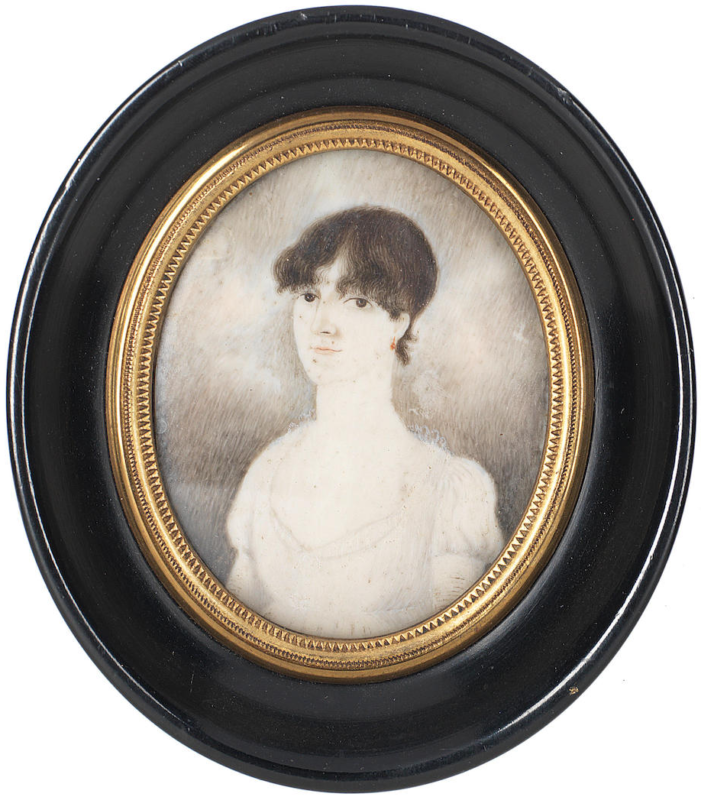Wordsworth - Background
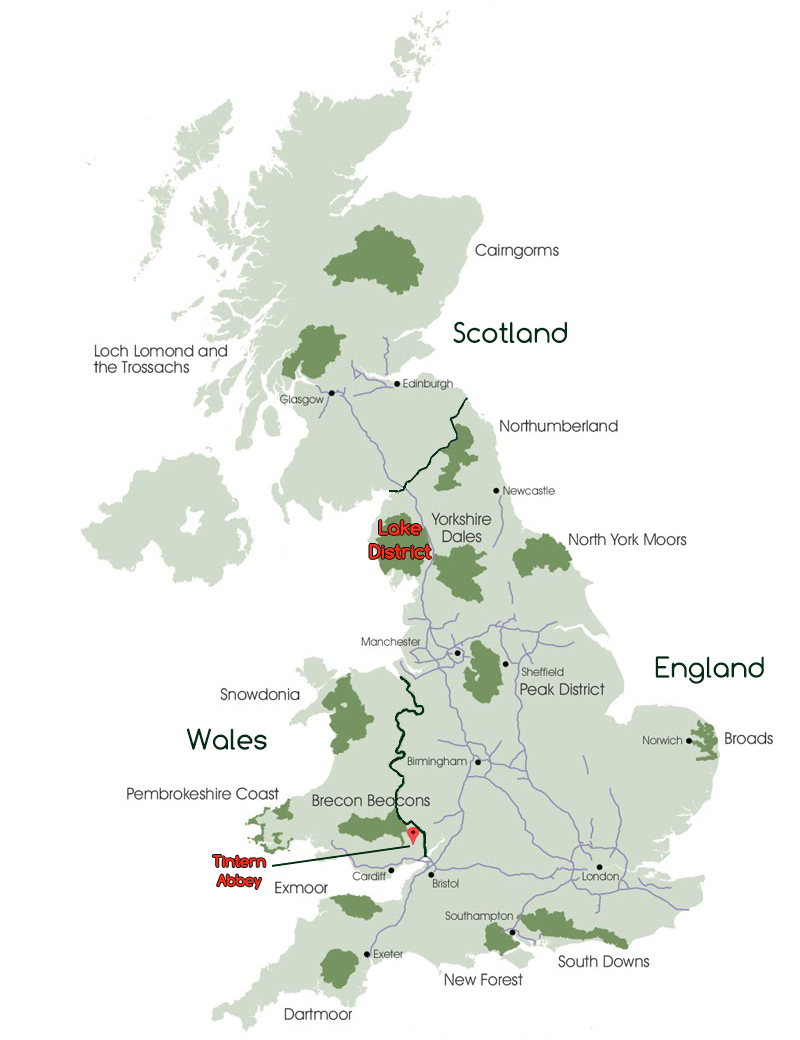
The Lake District is about as far from London as you can get and still be in England.
Tintern Abbey is in Wales.

A typical view in the Lake District
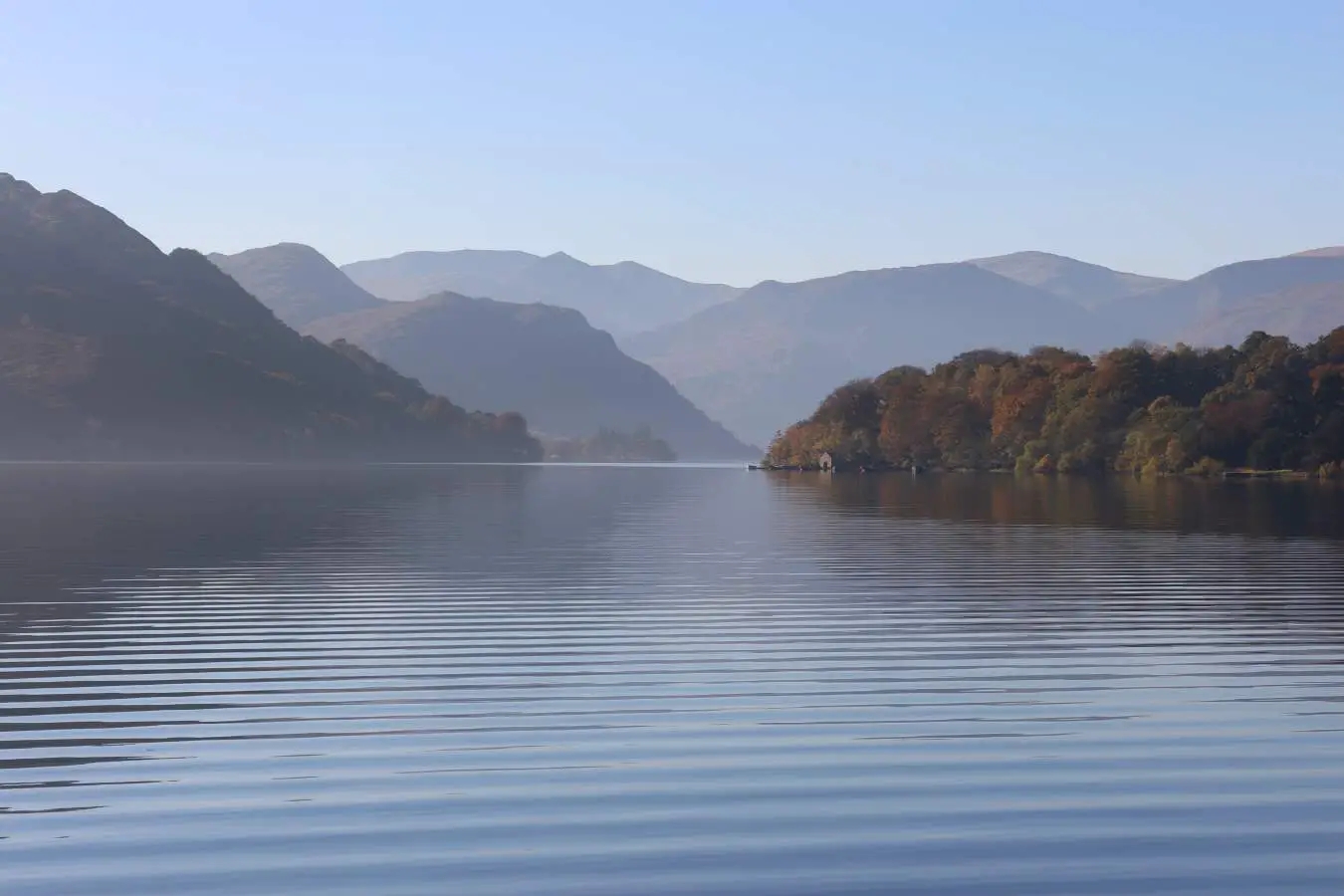
Ullswater in the Lake District
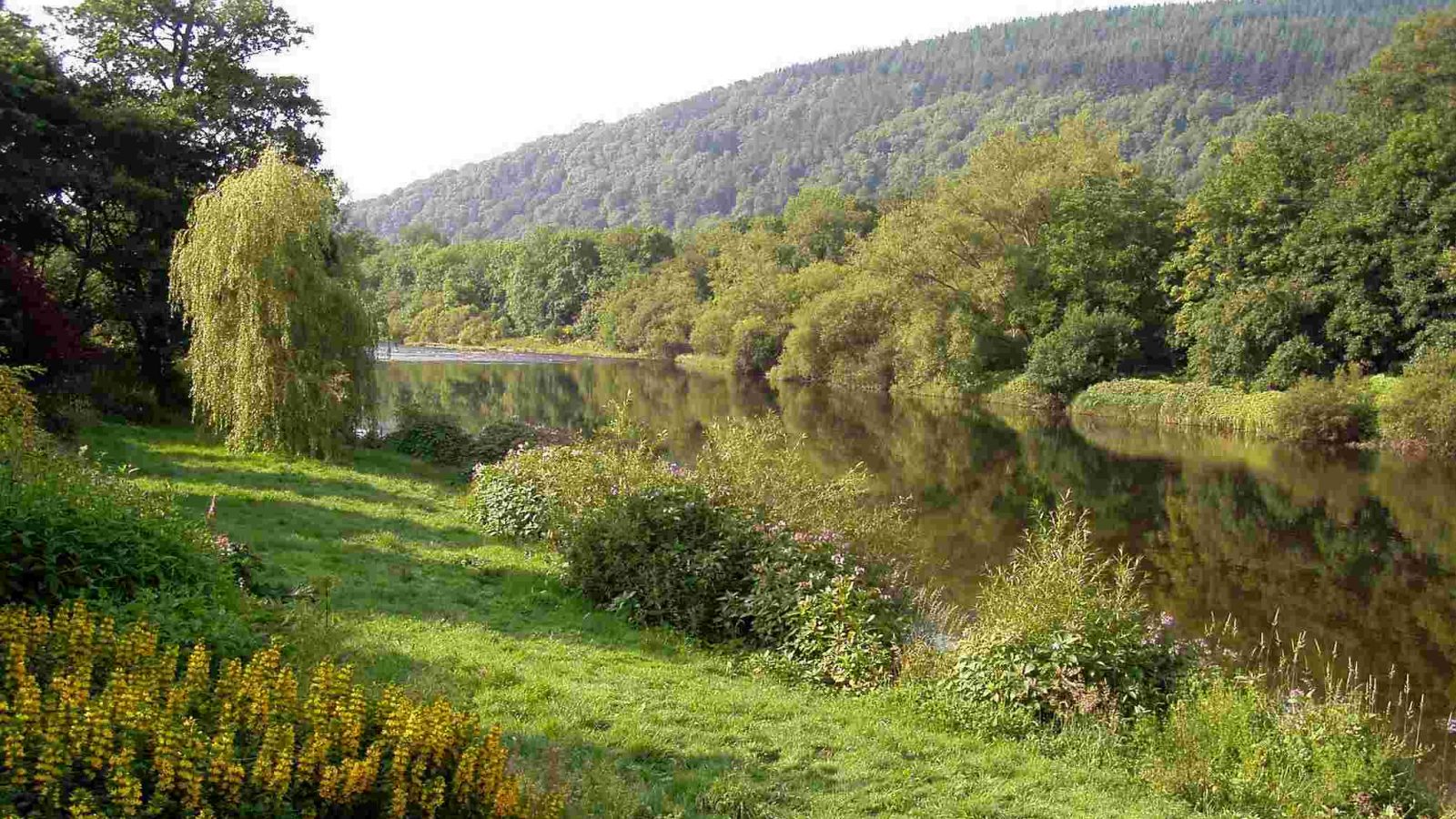
O sylvan Wye! thou wanderer thro' the woods,
How often has my spirit turned to thee!
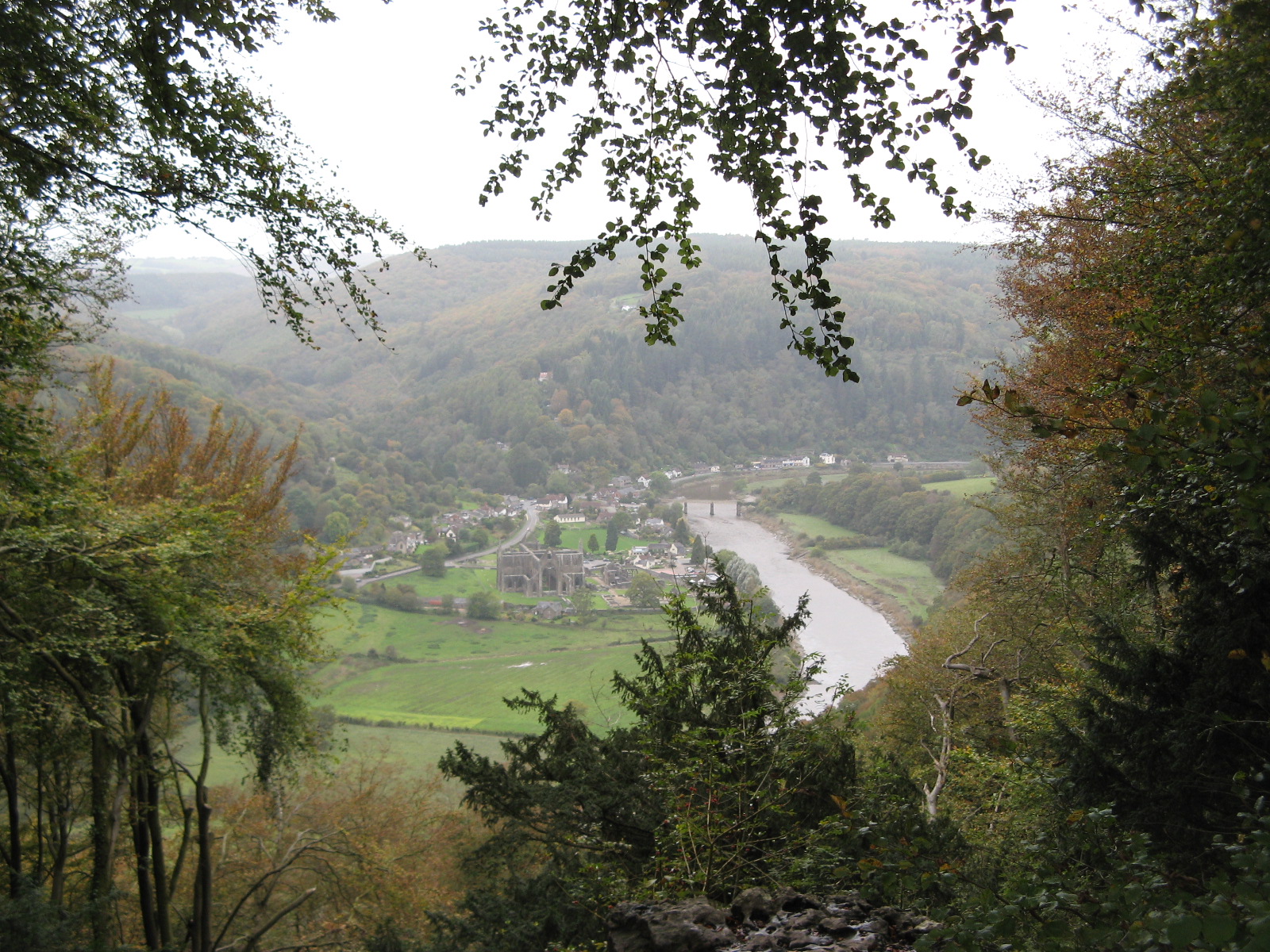
A contemporary view of the Tintern Abbey ruins, from The Devil's Pulpit
The Devil's Pulpit is a viewpoint and limestone rock jutting out from the cliffs high above the River Wye. It presents views of the Abbey and the village of Tintern along the River Wye below. Local legend has it that the devil preached from here to the monks below, tempting them to desert their order.
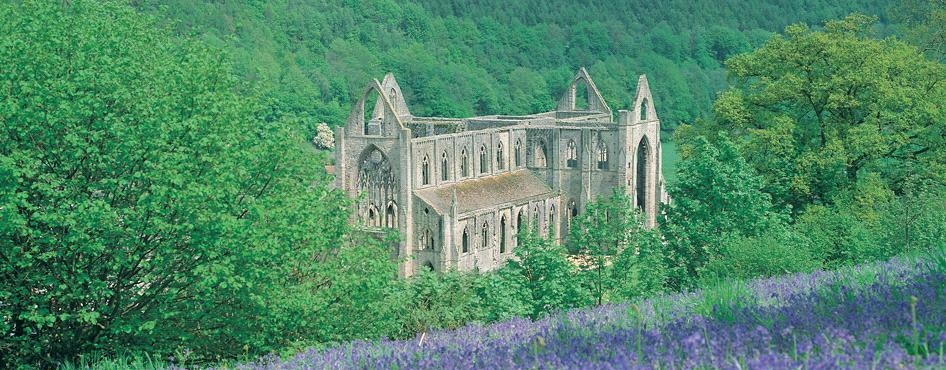
Walking down to the Abbey ruins
Tintern Abbey was founded in 1131 by Cistercian monks, in a far more modest building. But in 1269 a wealthy patron, Roger Bigod, supported the creation of one of the masterpieces of Gothic architecture. The great west front with its seven-lancet window and the soaring arches of the nave are still impressive, even as ruins.
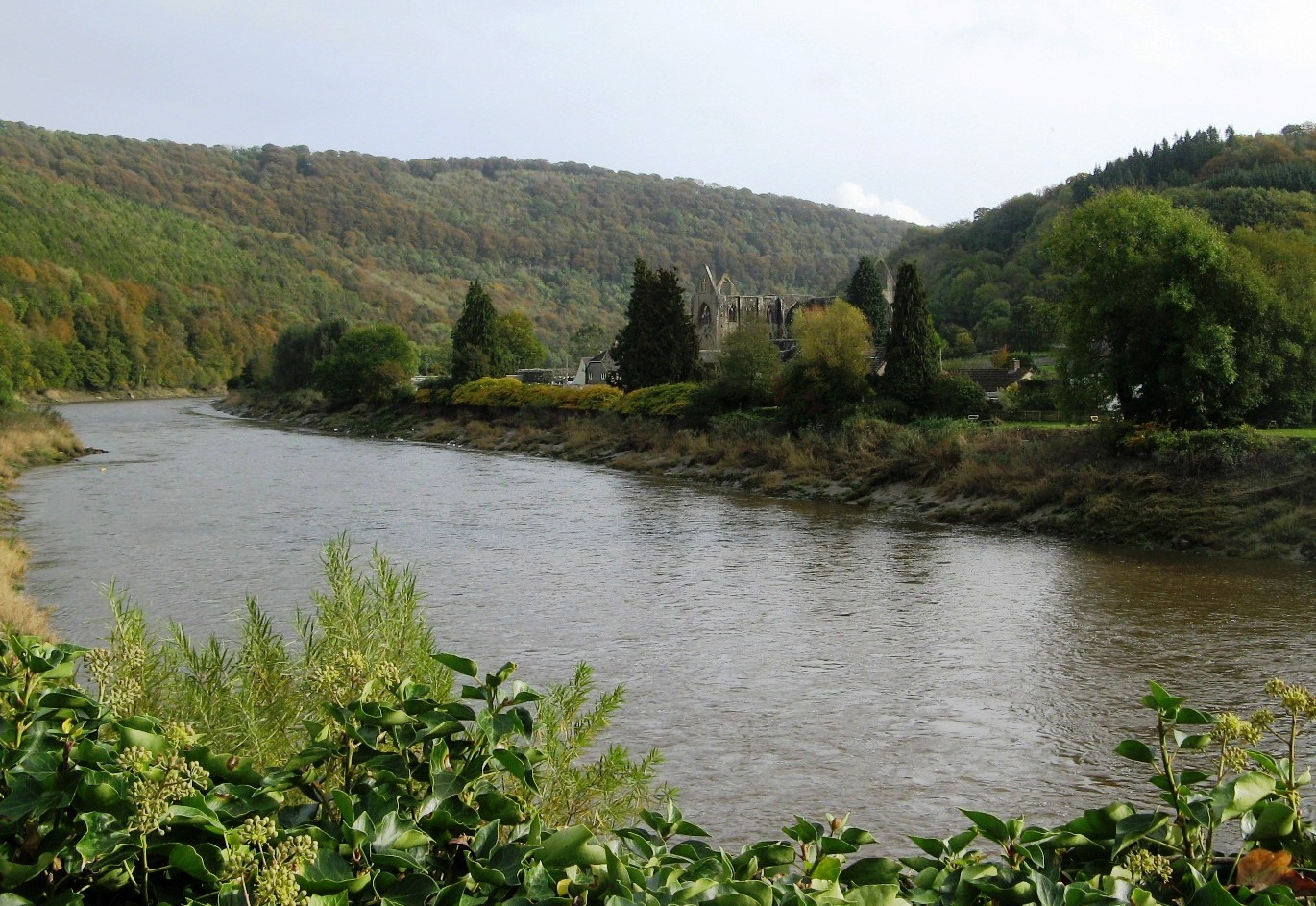
A view of the ruins from a footbridge across the Wye
When Henry VIII separated the Church in England from the Roman Catholic Church and established himself as the head of the Church of England, one of the first things he did was to dissolve all the monasteries in England. Between 1536 and 1540 he took over 800 monasteries, abbeys, nunneries and friaries, some of which had accumulated great wealth and land. The Abbey at Tintern was one of the first to be taken, and it began the slow transformation from a thriving religious community to the ruin it is today (and was in Wordsworth's time).
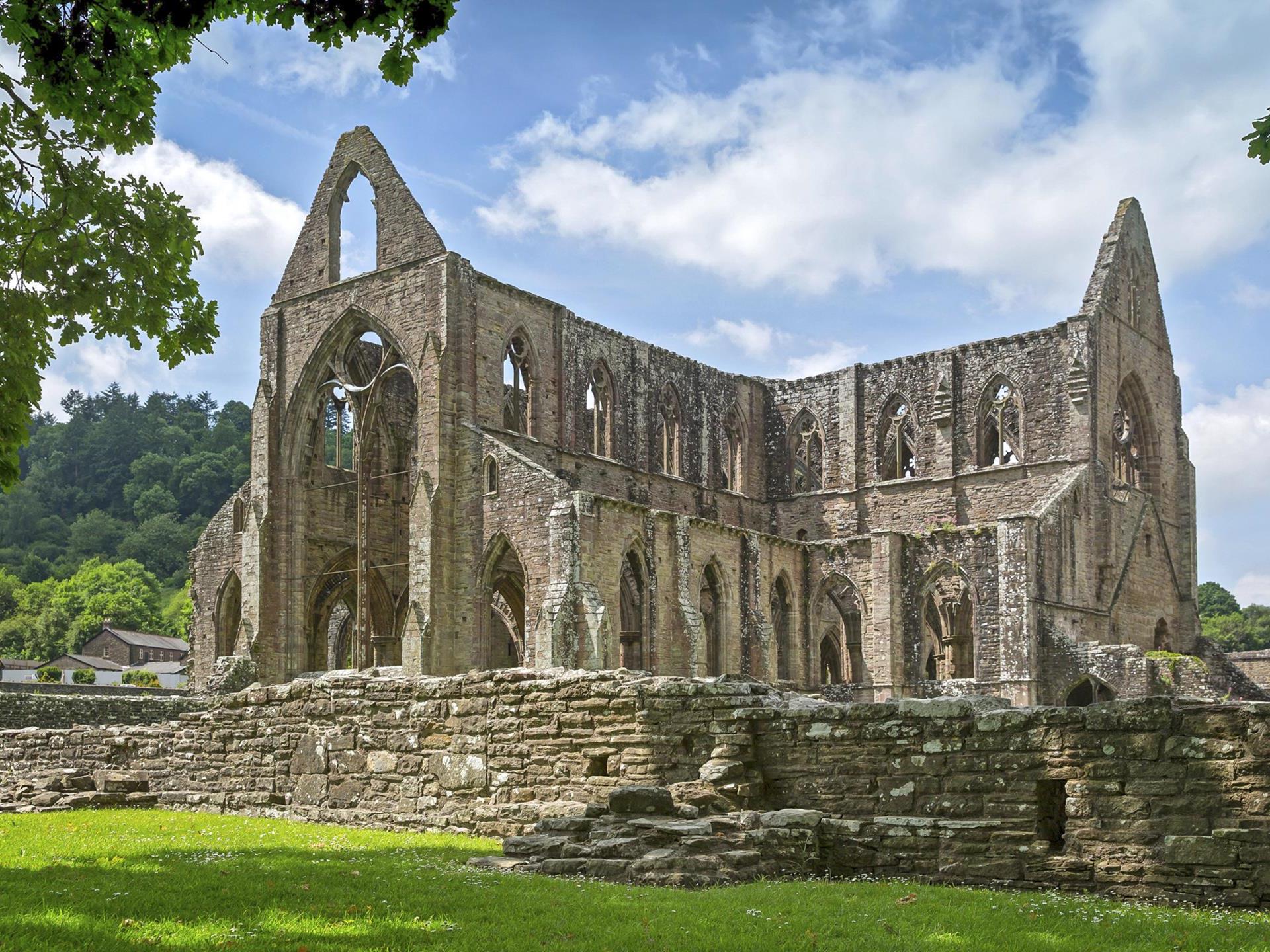
Outside the ruins
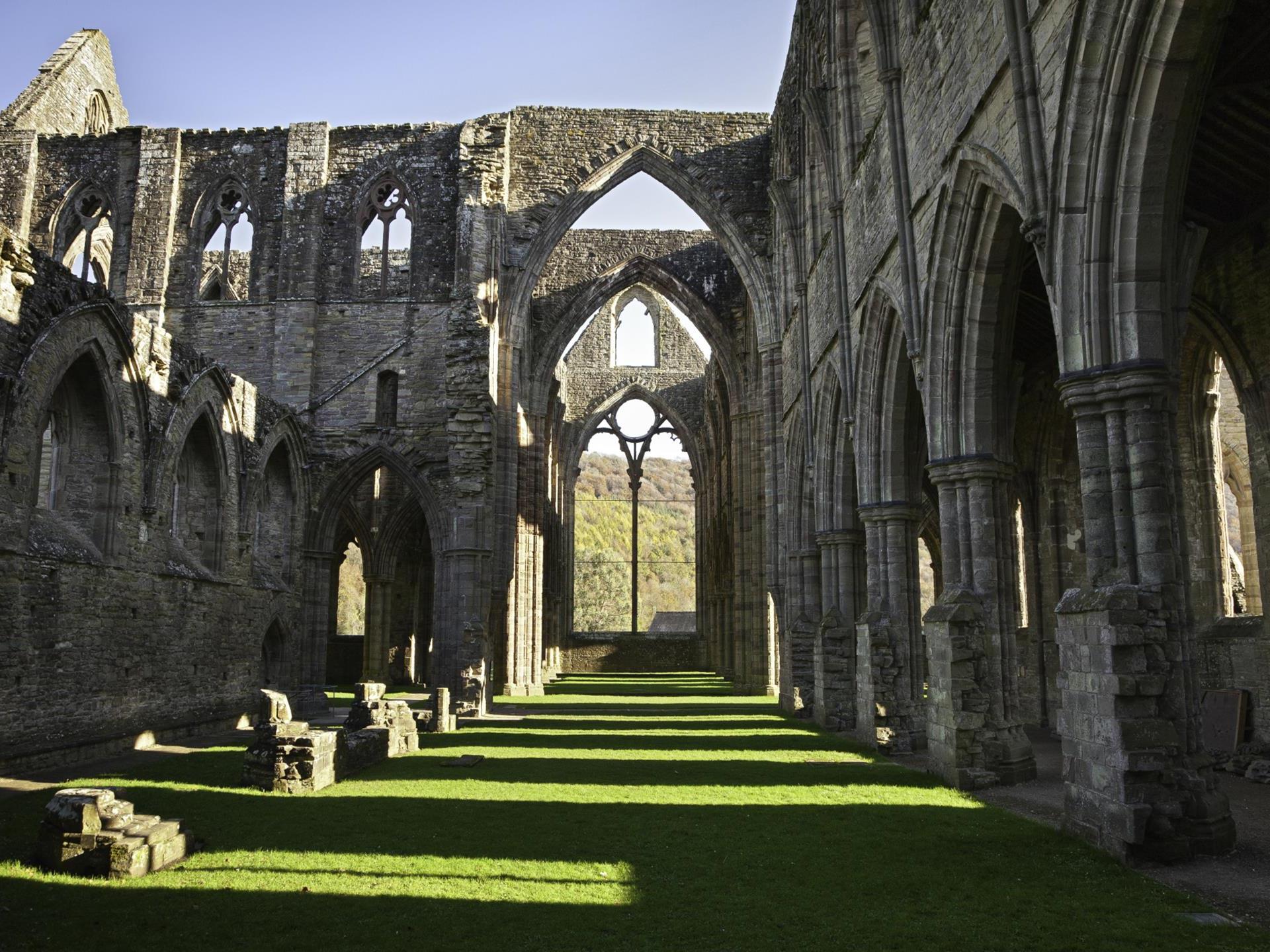
Inside the ruins
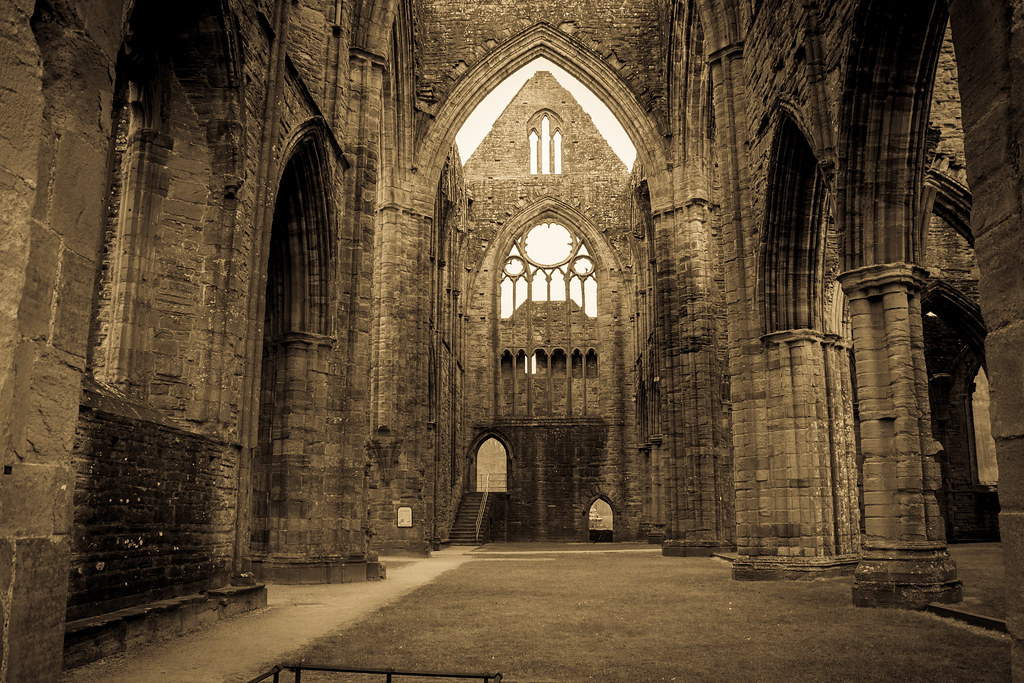
Another interior shot
